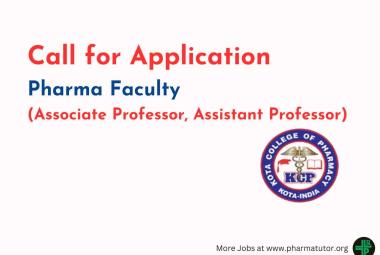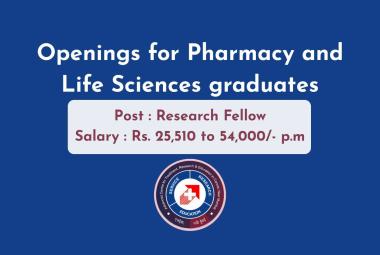Researchers discovered, Ingredients from the leaves of the European chestnut tree contain the power to disarm dangerous staph bacteria without boosting its drug resistance. The study is published in PLOS ONE. The use of chestnut leaves in traditional folk remedies inspired the research, led by Cassandra Quave, an ethnobotanist at Emory University.
[adsense:336x280:8701650588]
Antibiotic-resistant bacteria annually cause at least two million illnesses and 23,000 deaths in the United States, according to the Centers for Disease Control and Prevention. Methicillin-resistant S. aureus or MRSA infections lead to everything from mild skin irritations to fatalities. Evolving strains of this "super bug" bacterium pose threats to both hospital patients with compromised immune systems and young, healthy athletes and others who are in close physical contact.
"We've demonstrated in the lab that our extract disarms even the hyper-virulent MRSA strains capable of causing serious infections in healthy athletes," Quave says. Quave, who researches the interactions of people and plants - a specialty known as ethnobotany - is on the faculty of Emory's Center for the Study of Human Health and Emory School of Medicine's Department of Dermatology. She became interested in ethnobotany as an undergraduate at Emory.
For years, she and her colleagues have researched the traditional remedies of rural people in Southern Italy and other parts of the Mediterranean. "I felt strongly that people who dismissed traditional healing plants as medicine because the plants don't kill a pathogen were not asking the right questions," she says. "What if these plants play some other role in fighting a disease?"
For the current study, Quave teamed up with Alexander Horswill, a microbiologist at the University of Iowa whose lab focuses on creating tools for use in drug discovery, such as glow-in-the-dark staph strains.
The researchers steeped chestnut leaves in solvents to extract their chemical ingredients. "You separate the complex mixture of chemicals found in the extract into smaller batches with fewer chemical ingredients, test the results, and keep honing in on the ingredients that are the most active," Quave explains. "It's a methodical process and takes a lot of hours at the bench. Emory undergraduates did much of the work to gain experience in chemical separation techniques."
The work produced an extract of 94 chemicals, of which ursene and oleanene based compounds are the most active.
Tests showed that this extract inhibits the ability of staph bacteria to communicate with one another, a process known as quorum sensing. MRSA uses this quorum-sensing signaling system to manufacture toxins and ramp up its virulence.
A single dose of the extract, at 50 micrograms, cleared up MRSA skin lesions in lab mice, stopping tissue damage and red blood cell damage. The extract does not lose activity, or become resistant, even after two weeks of repeated exposure. And tests on human skin cells in a lab dish showed that the botanical extract does not harm the skin cells, or the normal skin micro-flora.
The Emory Office of Technology Transfer has filed a patent for the discovery of the unique properties of the botanical extract. The researchers are doing further testing on individual components of the extract to determine if they work best in combination or alone.
Potential uses include a preventative spray for football pads or other athletic equipment; preventative coatings for medical devices and products such as tampons that offer favorable environments for the growth of MRSA; and as a treatment for MRSA infections, perhaps in combination with antibiotics.
Subscribe to PharmaTutor News Alerts by Email >>







